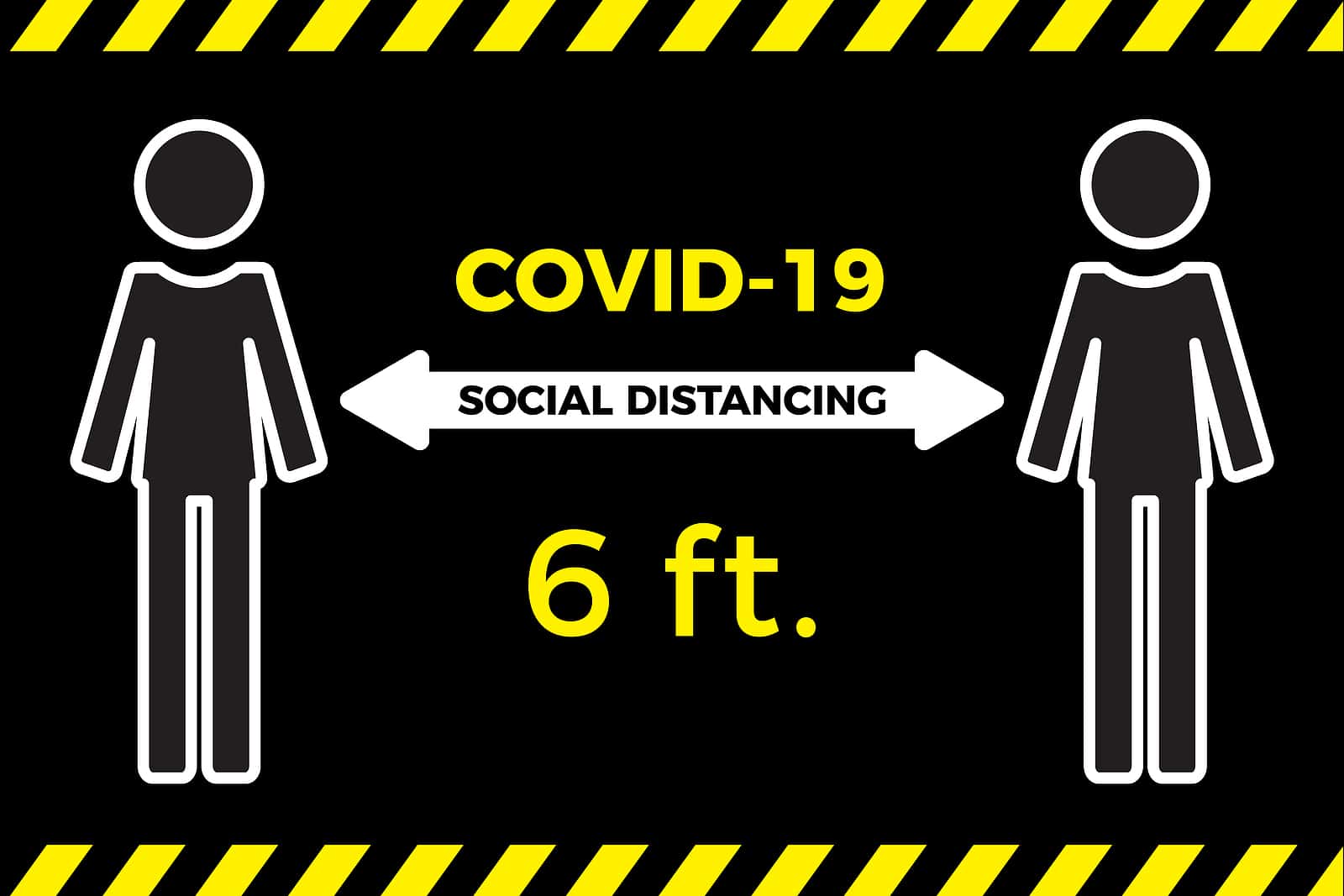
The CDC recently relaxed its recommendations about mask wearing. People who are fully vaccinated no longer need to wear a mask outside unless they are in a crowd. However, the CDC has not lifted its rules about wearing masks inside, since that is potentially riskier. Moreover, new research from MIT suggests that maintaining six feet of distance between people indoors is not very effective. The analysis really confirms what has been apparent from case reports for months.
Six Feet of Separation Aren’t Reliably Protective:
Two mathematicians devised modeling simulations of indoor spaces (PNAS, online April 27, 2021). As a result, they found that ventilation, mask-wearing, number of people and their behavior—exercising, singing or speaking—had a bigger impact on the potential for infection that whether they stood six feet apart. When the air exchange rate is high, people are less likely to spread the infection. They also reduce their risk if they all wear masks. But a person who is exercising or singing can exhale a lot of aerosol particles into the room, increasing the chance that they might share any virus they harbor.
Writing in the Proceedings of the National Academy of Sciences, the scientists conclude:
“To minimize the risk of infection, one should avoid spending extended periods in highly populated areas.”
With nearly 40% of American adults vaccinated, COVID-19 cases are dropping in most parts of the US. But millions of Americans–the majority of us–are still vulnerable to infection. With tens of thousands of new cases every day, limiting time indoors and wearing masks seem prudent to protect everyone. That’s especially important with the circulation of more infectious variants, such as B.1.1.7.
Citations
- Bazant MZ & Bush JWM, "A guideline to limit indoor airborne transmission of COVID-19." Proceedings of the National Academy of Sciences, online April 27, 2021. https://doi.org/10.1073/pnas.2018995118

